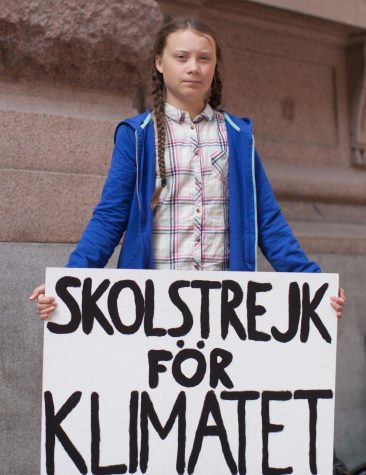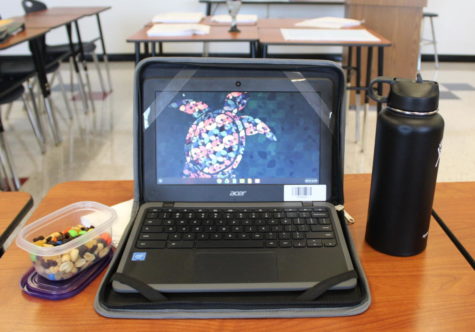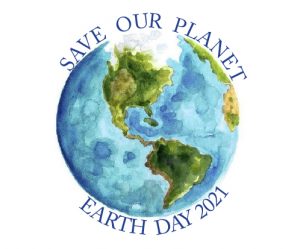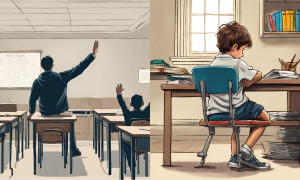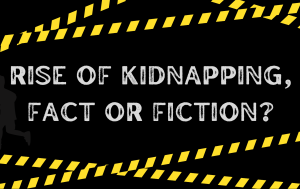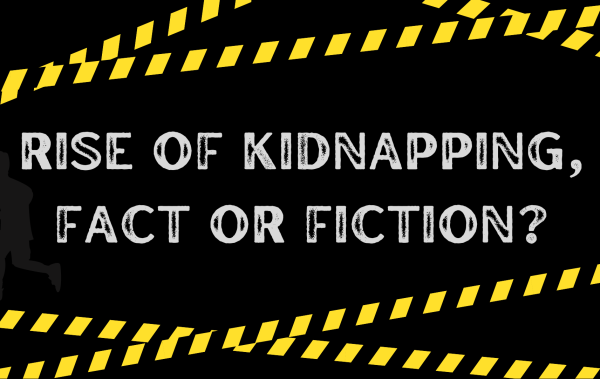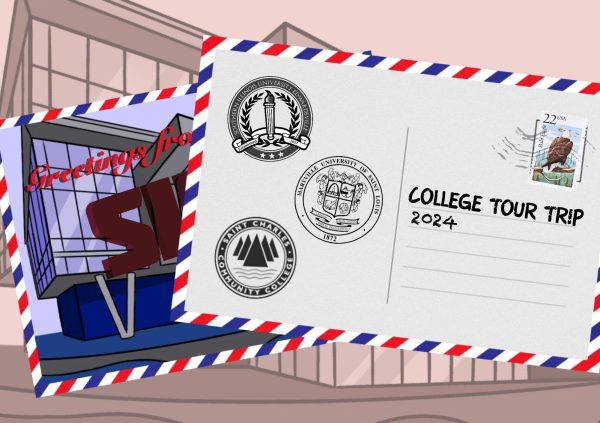What Is Happening To Our Water?
Recent effects of climate change on the water cycle
As sea ice melts, warming increases. Warmer temperatures have caused more ice to melt in the summer, and less ice to form in the winter. With less ice, there is less light being reflected back into space, causing even more warming.
January 5, 2022
Climate change is frequently considered a major threat to our Earth. The Earth’s climate has already warmed by 0.5° C over the past century. Recent studies show that global warming could be affecting environmental systems. Sea levels are rising and oceans are slowly becoming warmer.
Climate change is likely causing the water cycle to speed up. This is due to warming global temperatures increasing the rate of evaporation. Higher rates of evaporation and precipitation are not even around the world. Some areas are receiving a higher than average amount of precipitation, and other areas are experiencing droughts.
As climate change continues to affect the Earth, our weather will continue to change. Some changes include the following:
- More rain and flooding
- More extreme drought
- Stronger hurricanes
- Heatwaves
Globally, the sea levels are rising. In the past century they have risen 4-8 inches. Not only are the levels rising due to melting glaciers, they are also affected by the temperature of the water. As our oceans get hotter, they are also expanding. Warming waters in shallow oceans have led to the death of about a quarter of the coral reefs. Many corral animals are dying due to coral bleaching, which is directly caused by warming waters.
As sea ice melts, warming increases. Warmer temperatures have caused more ice to melt in the summer, and less ice to form in the winter. With less ice, there is less light being reflected back into space, causing even more warming. Rainfall is expected to increase for most land areas. Daily extreme precipitation will most likely increase by 7% for every 1° Celsius that temperatures rise.
Here are 5 things you as an individual can do to prevent further global warming:
- Use your voice. Educate the people around you, and make the issue more known.
- Reduce water waste. It takes a lot of energy to pump, heat, and treat your water. Take shorter showers and turn off the tap while brushing your teeth.
- Invest in energy-efficient appliances. When shopping for refrigerators, washing machines, and other appliances, look for the Energy Star label. It will tell you which are the most efficient.
- Only buy food you will eat. About 10 percent of U.S. energy use goes into growing, processing, packaging, and shipping food. About 40 percent of which just ends up in the landfill.
- Drive a fuel-efficient vehicle. Gas-smart cars, such as hybrids and fully electric vehicles, save fuel and money. Once all cars and light trucks meet 2025’s clean car standards (averaging 54.5 miles per gallon) they’ll be a common way of transportation.


